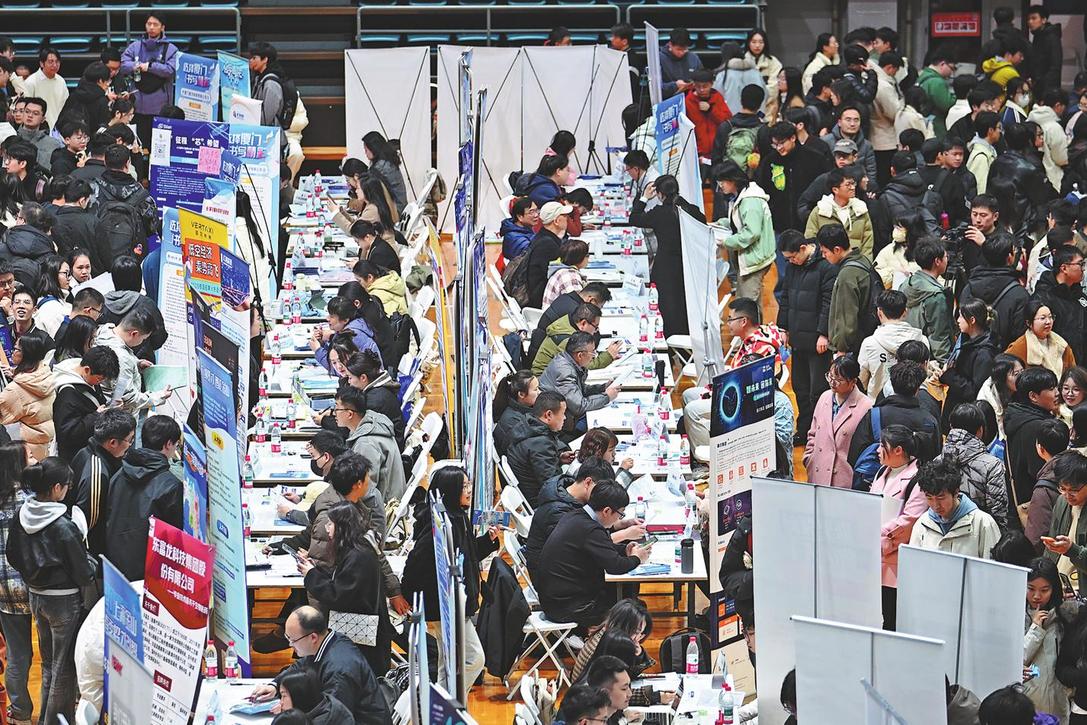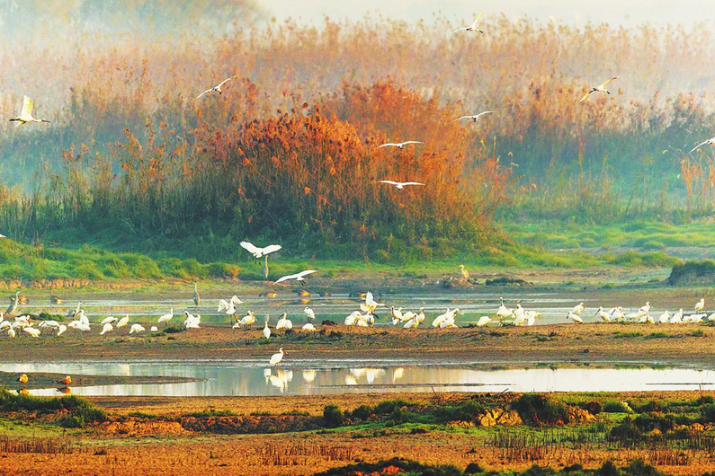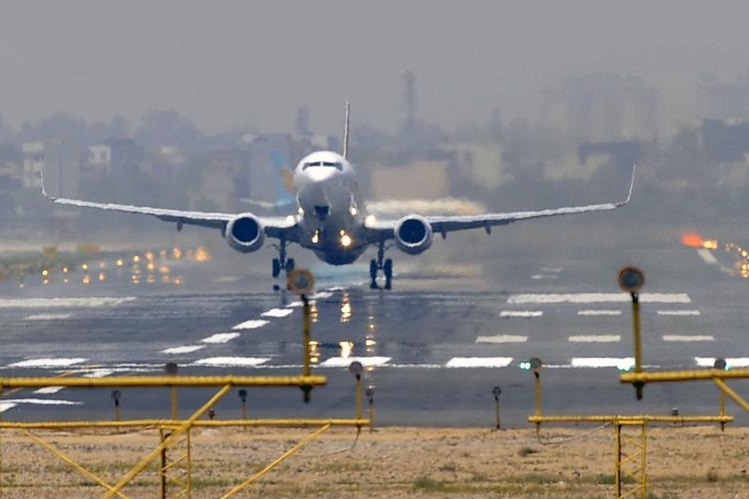Weaving a solid future

Chinese textiles manufacturer says an additional $70m investment in Ethiopia will create thousands of jobs
Dongfang Spinning Printing and Dyeing is just the kind of foreign investor the Ethiopian government is keen to attract to its growing textile and garment industry.
The Chinese-owned manufacturer of knitted fabric, fleece, woven fabric and bedding, formed in 1992, is setting its sights on fast expansion in the second most populous nation in Africa, and says plans to ultimately relocate its huge production base from the city of Suzhou in East China to Ethiopia will create thousands of jobs.
| Employees at Dongfang Spinning Printing and Dyeing factory in Dukem, Ethiopia. Chen Weihua / China Daily |
DSPAD started a trial run of scarves, destined for Arab markets, at a new facility in the Eastern Industry Zone, about 37km from the capital Addis Ababa, in May.
Zhou Weiming, its deputy general manager there, says that after spending $10 million on the operation, he expects to make additional investment of $70 million in the country.
He adds that its investors, led by Suzhou Orient Investment Co Ltd, had carefully studied the Ethiopian market for seven to eight years before signing an agreement with the Addis government in February of last year.

In addition to offering considerably lower staff costs and electricity at a third of the price in China, Ethiopia also appealed as a gateway to the United States and European markets, both of which have zero tariffs and no quota limits for exports from Ethiopia, he adds.
With two production lines up and running, DSPAD employs 250 Ethiopian workers and another 40 technical and managerial personnel from China.
Zhou estimates the total local workforce will reach 2,000 after another three print and dye production lines are installed by the end of the year.
But when 600 new looms are shipped from China to transform the new operation, the company's two and a half buildings, covering 25,000 square meters, will be full, even before the arrival further down the line of other high-level equipment such as digital textile printers.
With that huge planned expansion, the company is considering the offer of 120,000 sq m of land from the local government, as it looks to add Mexico and Turkey to its current target market of countries in the Middle East.
DSPAD is just one of a growing number of Chinese and other foreign investors in the Ethiopian textiles sector taking advantage of not only the cheaper conditions, but also the country's fine cotton, one of its major cash crops.
Ethiopian Prime Minister Hailemariam Desalegn courted several Chinese textile and garment industry investors when he visited China in June of last year. 
The African country boasts three million hectares of land available to grow cotton, but only about 6 to 7 percent of that valuable potential resource is being used, according to Seleshi Lemma, director-general of the country's Textile Industry Development Institute.
The Horn of Africa nation is one of the continent's fastest growing economies and has experienced largely double-digit growth over the past decade. In the coming year, growth is forecast at 7 to 8 percent.
Ethiopia's textile industry was established in the late 1930s when the first factories were set up during Italy's occupation. The country has 60 garment factories and 15 textile mills in operation, according to the Inter Press Service news agency.
But while DSPAD's progress has been swift in a short space of time, it has not been without some big challenges, Zhou explains.
Slow customs clearance, for instance, has often caused considerable delays, "something we did not anticipate in the beginning," he adds.
Ethiopia's notorious power outages, too, which can happen "several times a day", have caused disruption to production, especially in the dyeing process, Zhou says. 
Add poor Internet access, the high cost of infrastructure such as roads and water wells, and a lack of skilled textiles labor, and Zhou says it has been a tough 12 months.
He is hopeful a new power substation being built in the zone will ensure a better electricity supply to his factories. But production remains lower than he hoped, with a lot more effort being needed in training, given that new workers can need at least a couple of months just to master the company's most basic textile equipment.
DSPAD encourages all its Chinese workers to study English and Ethiopian workers to study Chinese, so communication between staff can be as good as possible.
Due to that relatively weak productivity, Zhou says the benefits of the low labor costs have not been as high as initially expected.
"We are hiring more people here to run the production line than we would in China," he concedes.
He is also troubled by local labor laws, which require companies to continue paying workers during power cuts.
"If people who are working get paid the same as those not working because of power outages, that really hurts the mood of those working," he says.
In China, textile workers are paid per item, and Zhou adds that such a model cannot yet be applied, as quality is more important than quantity.
Complaints aside, he says communication with the Ethiopian government remains open, and all of the company's difficulties can be overcome.
chenweihua@chinadaily.com.cn
(China Daily Africa Weekly 09/19/2014 page20)
Today's Top News
- UN envoy calls on Japan to retract Taiwan comments
- Innovation to give edge in frontier sectors
- Sanctions on Japan's former senior official announced
- Xi stresses importance of raising minors' moral standards
- Coordinated reform key to country's growth
- Shandong gives new life to traditions































